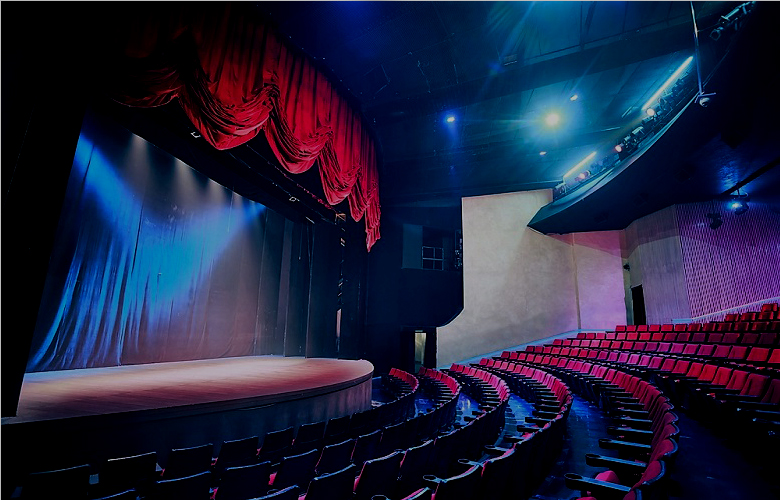
“I am told, that the art of lighting a stage consists of putting light where you want it and taking it away where you don’t want it.” — Max Reinhardt
I first read this quote in Robert Edmund Jones’ The Dramatic Imagination over 30 years ago, 40 years after the book was first published. I still have that faded mandarin-red hardcover book, which arrived to me, as a gift, with a peeling binding and a brown stain on the cover, coffee, maybe. The Dramatic Imagination is a book to which I return occasionally and consistently, and for good reason.
How many fixtures can I fit on a circuit? What’s the best way to move information from console to equipment? And sometimes even, “you want to hang that fixture where!?” The work can be demanding, and it can be rewarding, but oftentimes the details of making it work distract me from the reason I’m doing the work in the first place.
I recently taught a roomful of high-school teachers about lighting for the USITT eSet standard. We discussed various technical topics including programming, patching, bench focusing, and the operation of dimmers, gobos, and more.
What tied the lesson together was the section dedicated to design. We studied and discussed a scene from Romeo and Juliet.
The discussion moved from the physical aspects of the setting, a courtyard and balcony at night, to the emotional core of the scene. We stopped talking about fixture types and gels and explored what we hoped to convey, the energy between the characters.
We stopped seeing lighting as technical equipment, and started to view the stage as a canvas, the fixtures as brush strokes, and the gel as pigment.
In my own work, I need these reminders. I need to step away from the “how” we do this to the “why” we do this, and Robert Edmond Jones’ The Dramatic Imagination is the reminder that calls to me from my bookshelf. Jones discusses the “livingness” of light in his book, and when I calibrate my perspective, the work becomes more joyful, and more meaningful, too. We transcend the mechanics of making it work to the art that it has the potential to be.
I sometimes lose sight of the art of what we do, but I know that adjusting lighting with my electrician eye only will lead to the mediocre. Often times, the better lighting decision results in more difficult — sometimes much more difficult — technical placement and execution. In the end, though, it’s worth it.
The struggles are why I keep Robert Edmond Jones’ book handy, a beacon from my bookshelf, a constant reminder of the figurative light.
The late Jones writes, are we “to carry images of poetry and vision and high passion in our minds while we are shouting out orders to electricians on ladders in light-rehearsals?” He answers himself with a “Yes,” which has echoed in my mind for decades.
Also by Michael Cassera:
Stage Lighting: The Science Of Color And Light


Michael Cassera enjoys a twenty-seven-year long career with Cirque du Soleil spanning three of their long-running resident shows: Mystère, Zumanity, and LOVE. With Cirque, Michael has worked as a Followspot Operator, a Board Op., an Assistant Head, and Head of Lighting. He is currently the Technical Manager for Mystère. Before joining Cirque, he worked for a brief time as a followspot operator for Siegfried and Roy at The Mirage. Prior to moving to Las Vegas, Michael worked on the bounce off-off-Broadway and in the NYC tri-state area as a stage electrician and lighting designer. He was also employed as a local stagehand at Giants Stadium and Brendan Byrne Arena. A graduate of The School of Visual and Performing Arts at Syracuse University, Michael earned his Bachelor of Fine Arts in Drama with an emphasis in Design in 1991. He continues to live in Las Vegas with his wife, Heather and their two dogs, Maggie and Roxie Li.
Read Full Profile© 2021 TheatreArtLife. All rights reserved.

Thank you so much for reading, but you have now reached your free article limit for this month.
Our contributors are currently writing more articles for you to enjoy.
To keep reading, all you have to do is become a subscriber and then you can read unlimited articles anytime.
Your investment will help us continue to ignite connections across the globe in live entertainment and build this community for industry professionals.